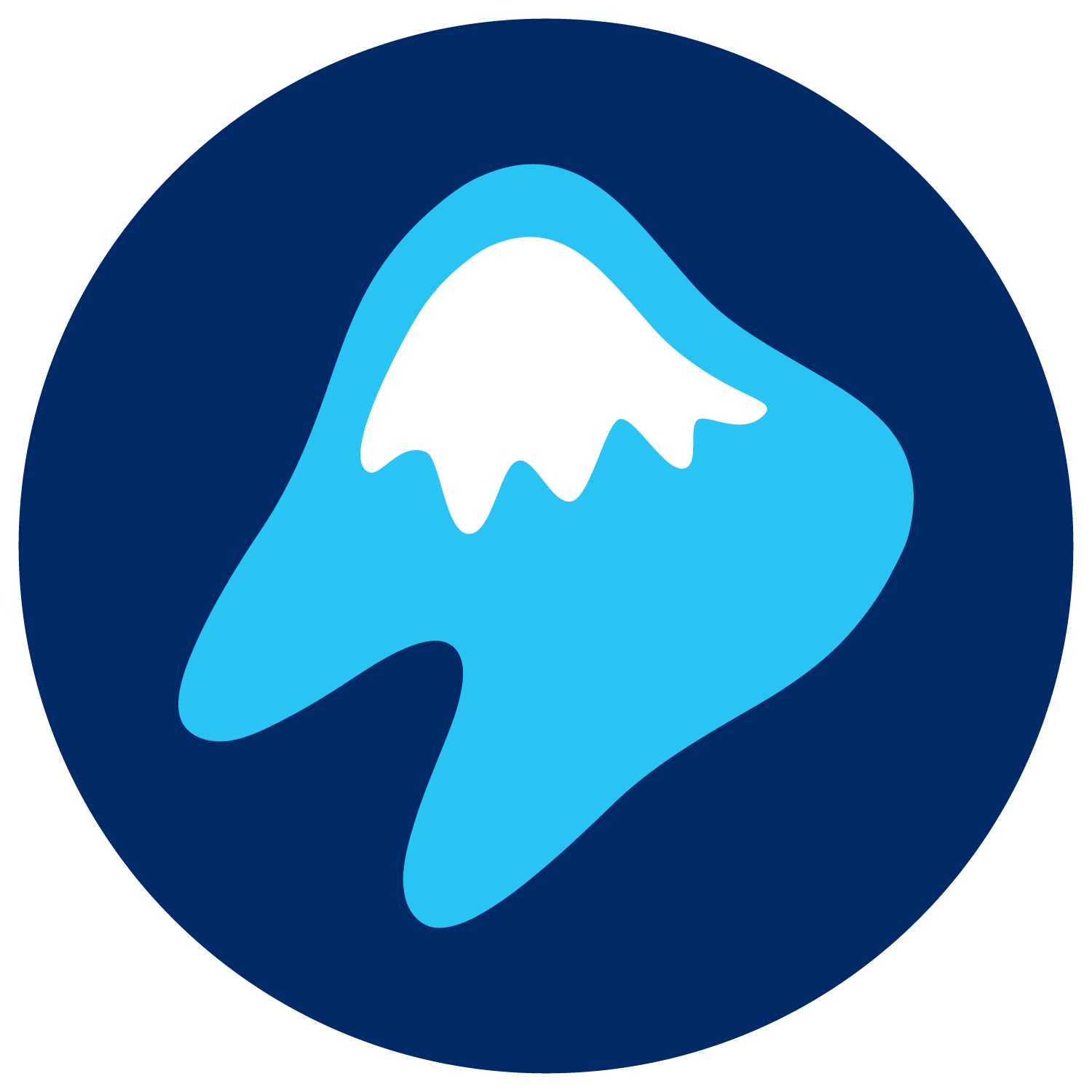
The American Academy of Pediatric Dentistry (AAPD), the authority on children’s oral health, is encouraging parents and caregivers to enjoy a happy Halloween by simply brushing their children’s teeth for two minutes, twice a day.
In time for back-to-school season, the AAPD joined with the Ad Council, as part of the Partnership for Healthy Mouths, Health Lives, to launch a historic nationwide campaign designed to encourage parents and caregivers to modify their children’s oral health behaviors through low-cost, preventive strategies. Campaign media partners include Sesame Workshop, DreamWorks, Cartoon Network, My Kazoo! and many others.
According to AAPD President Dr. Joel H. Berg, “This first-of-its-kind campaign unifies dozens of dental organizations around a common message and raises the awareness of children and their parents about the importance of oral health, which is critical, and desperately needs attention on Halloween, and every single day of the year.”
In order to properly prepare for the Halloween holiday, AAPD urges parents and caregivers to visit the campaign’s website http://2min2x.org/ for key recommendations and tips on maintaining healthy teeth on this holiday and throughout the year:
- Keep Kids’ Mouths Healthy: Parents and caregivers should help or watch over their kids’ tooth brushing abilities until they’re at least 8-years-old.
- The Right Toothbrush: Kids should use a soft toothbrush that allows them to reach all areas of their mouth. Remember to replace toothbrushes every three-four months and even sooner if the bristles are worn out, or if your children have been sick.
- Attack Plaque: Plaque is a sticky film of germs that forms on teeth and gums after eating. Plaque that’s not removed by brushing twice a day can lead to cavities.
- Visit a Dentist: It’s important to visit your dentist regularly your whole life, starting no later than age one. Seeing a dentist regularly is important for good oral health as dentists can detect small problems before they become bigger and more painful problems.
- Floss Your Teeth: Kids should clean between their teeth once a day, every day, with floss or flossers to remove plaque and food where a toothbrush can’t reach. Children’s teeth can be flossed as soon as two of their teeth touch each other.
- Use Fluoride: Fluoride is nature’s cavity fighter and occurs naturally in water and some foods. To help protect teeth from cavities, fluoride is added to dental products like toothpaste. Children two years of age or older should always use a fluoride toothpaste.
- Baby Tooth Decay Is Real: As soon as teeth appear in your baby’s mouth, it’s possible for your baby to develop cavities. It is important to keep your baby’s gums and teeth clean to prevent tooth decay, even in baby teeth.
- Prevent Kids’ Tooth Decay: You can prevent tooth decay for your kids by lowering the risk of your baby getting the bacteria that cause tooth decay. Make sure you take good care of your baby’s teeth – this reduces the number of bacteria in your baby’s mouth.
- Nutrition: A balanced diet helps your children’s teeth and gums to be healthy. A diet high in natural or added sugars may place your child at extra risk for tooth decay
- A sugary or starchy food with sugar is safer for teeth if it is eaten with a meal, not as a snack. Chewing during a meal helps produce saliva which helps wash away sugar and starch.
- Sticky food’s, like potato chips, raisins and other dried fruit and candy are not easily washed away from your kid’s teeth by saliva, water or milk, so they have more cavity-causing potential.
- Talk to your dentist about serving foods that protect your kid’s dental health.
In fact, AAPD has revised its Policy on Dietary Recommendations for Infants, Children, and Adolescents, which can be located at http://www.aapd.org/media/Policies_Guidelines/P_DietaryRec.pdf.
For more helpful tips to ensure that your family enjoys a fun and healthy Halloween, please visit http://www.aapd.org.





